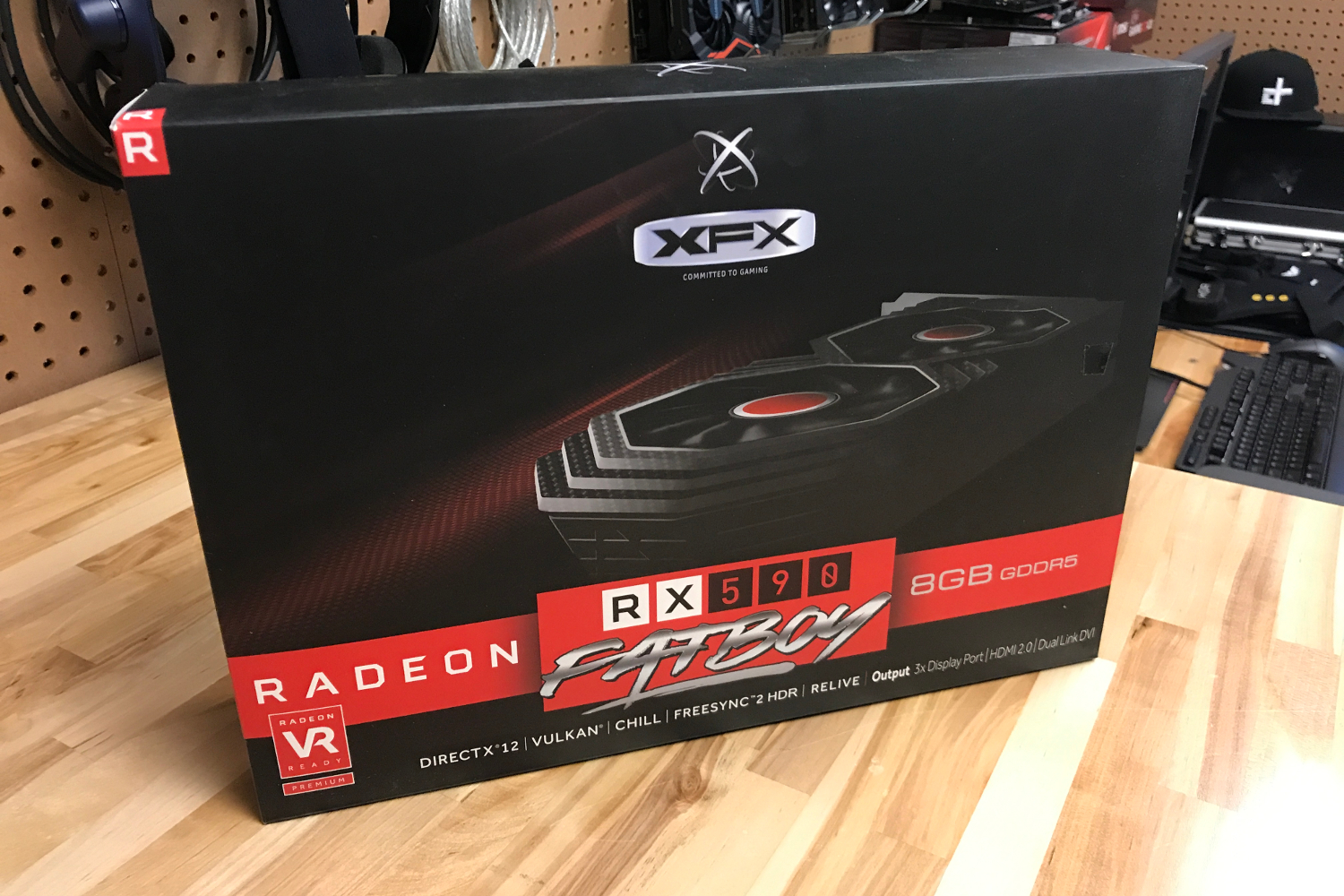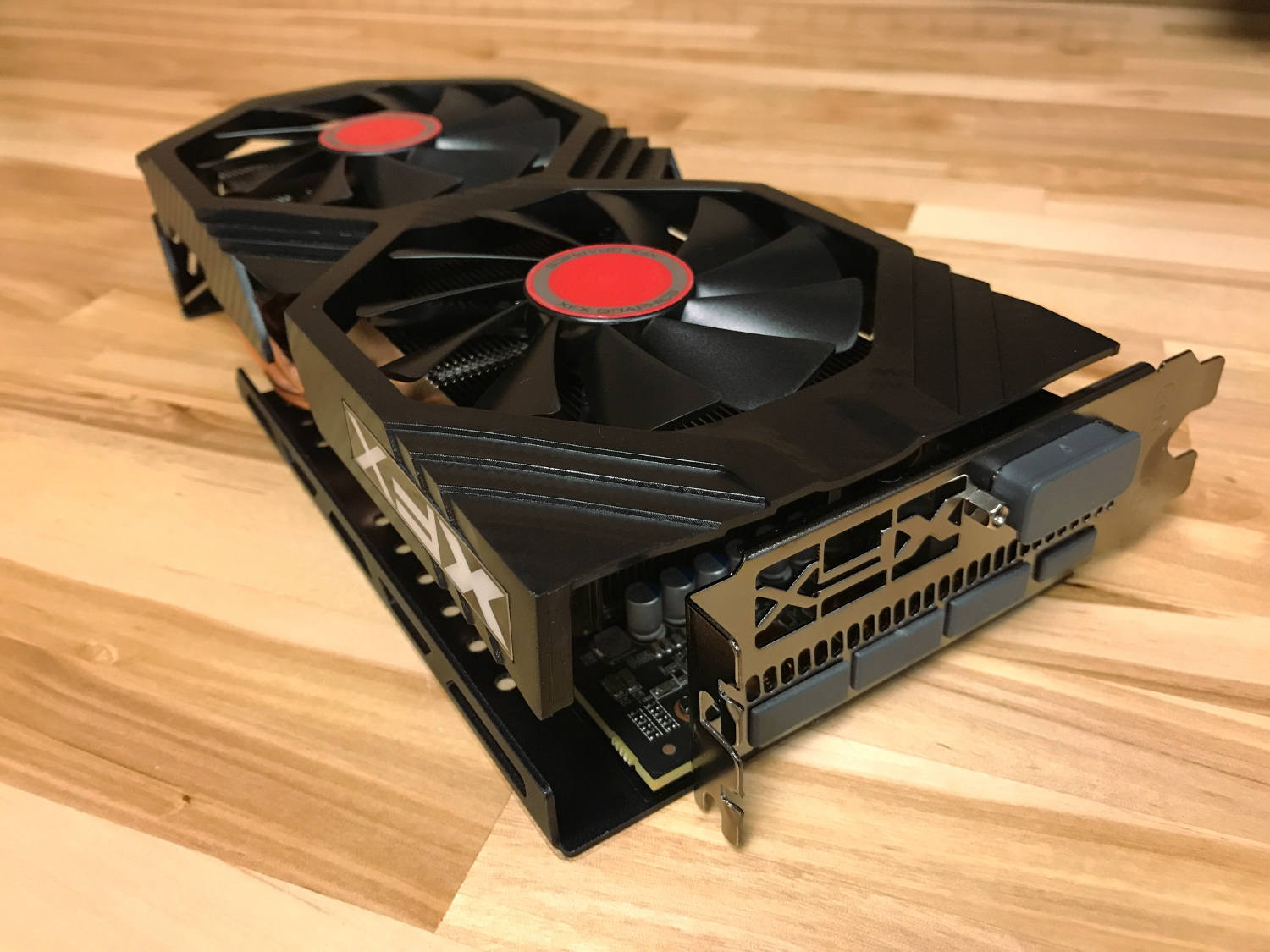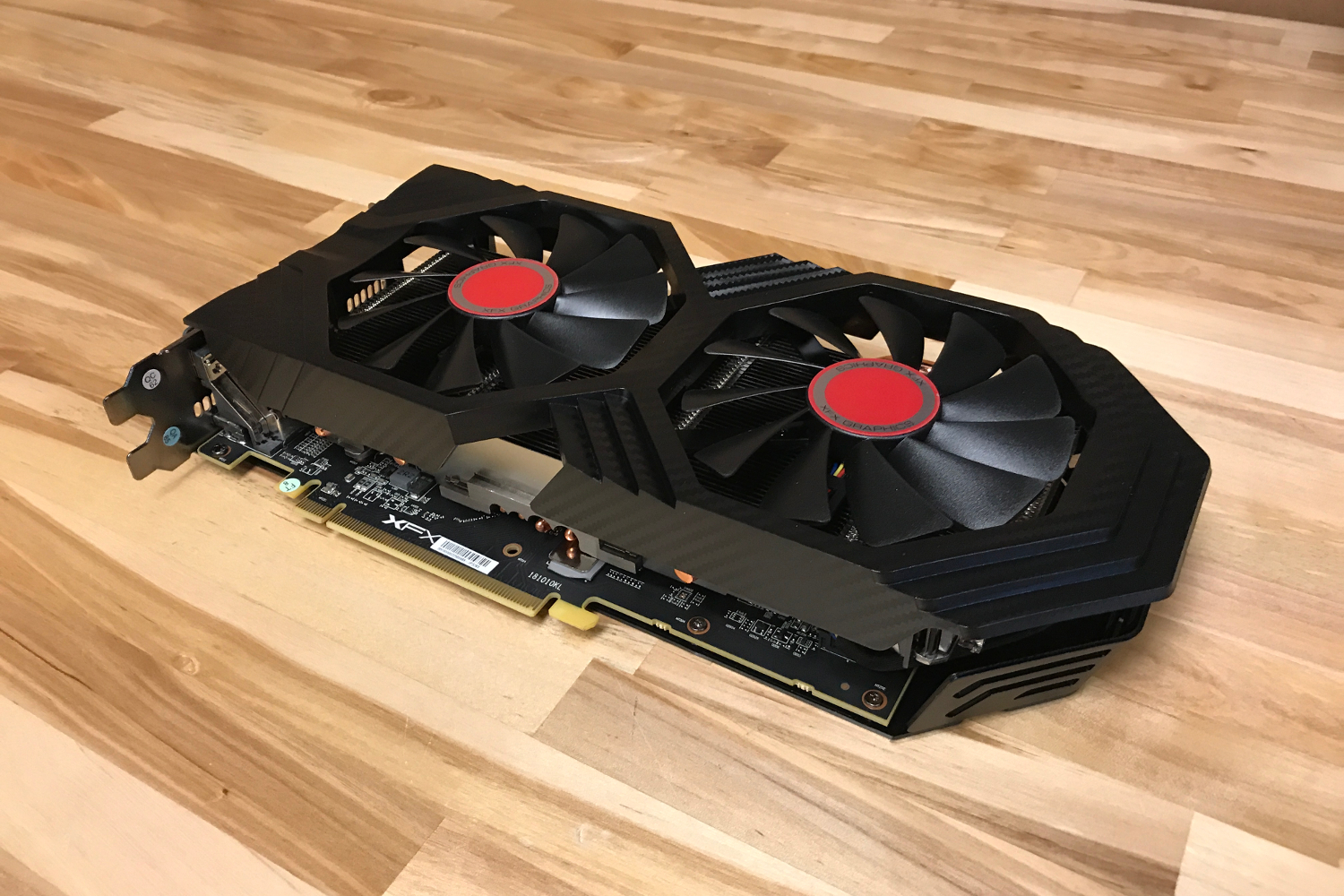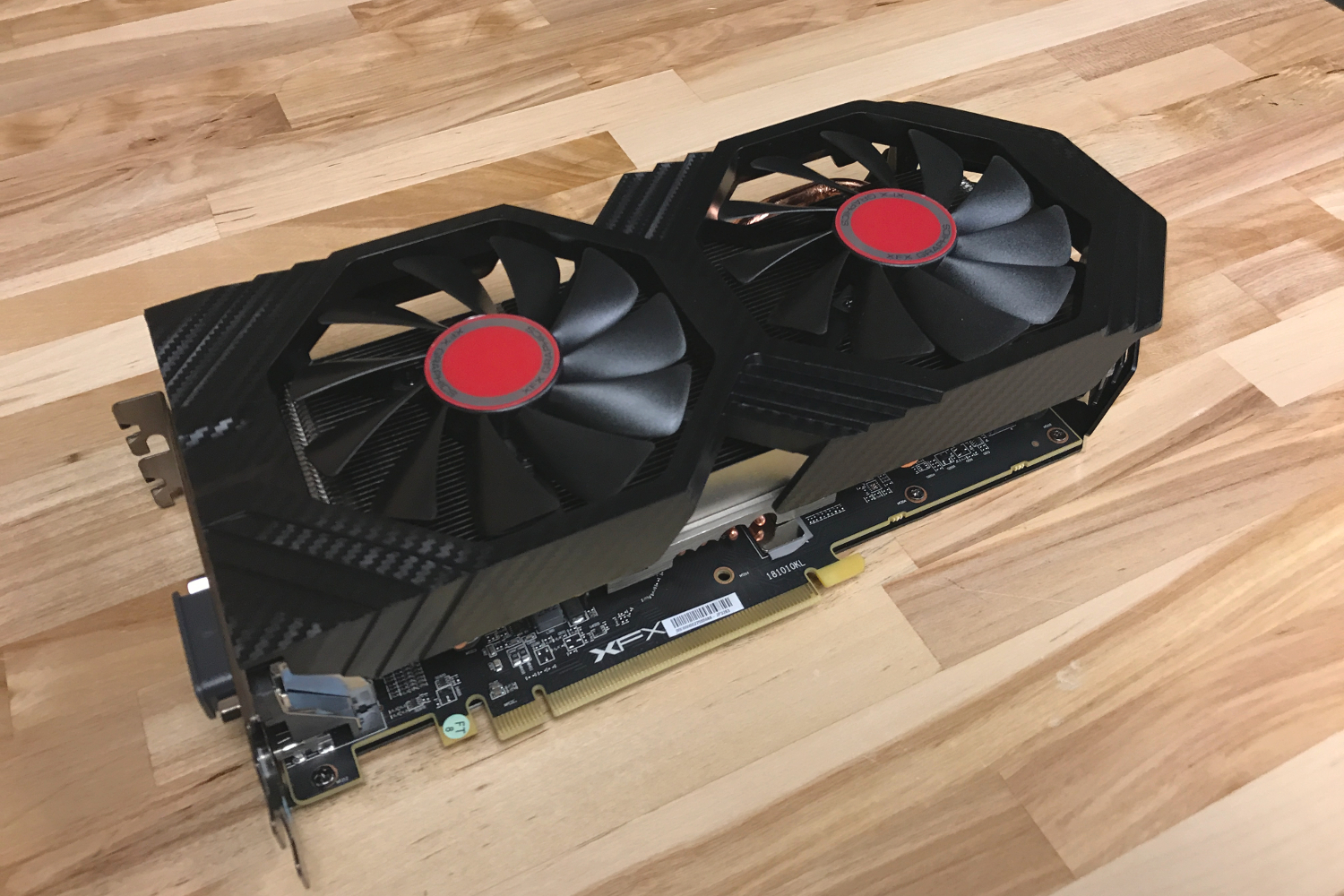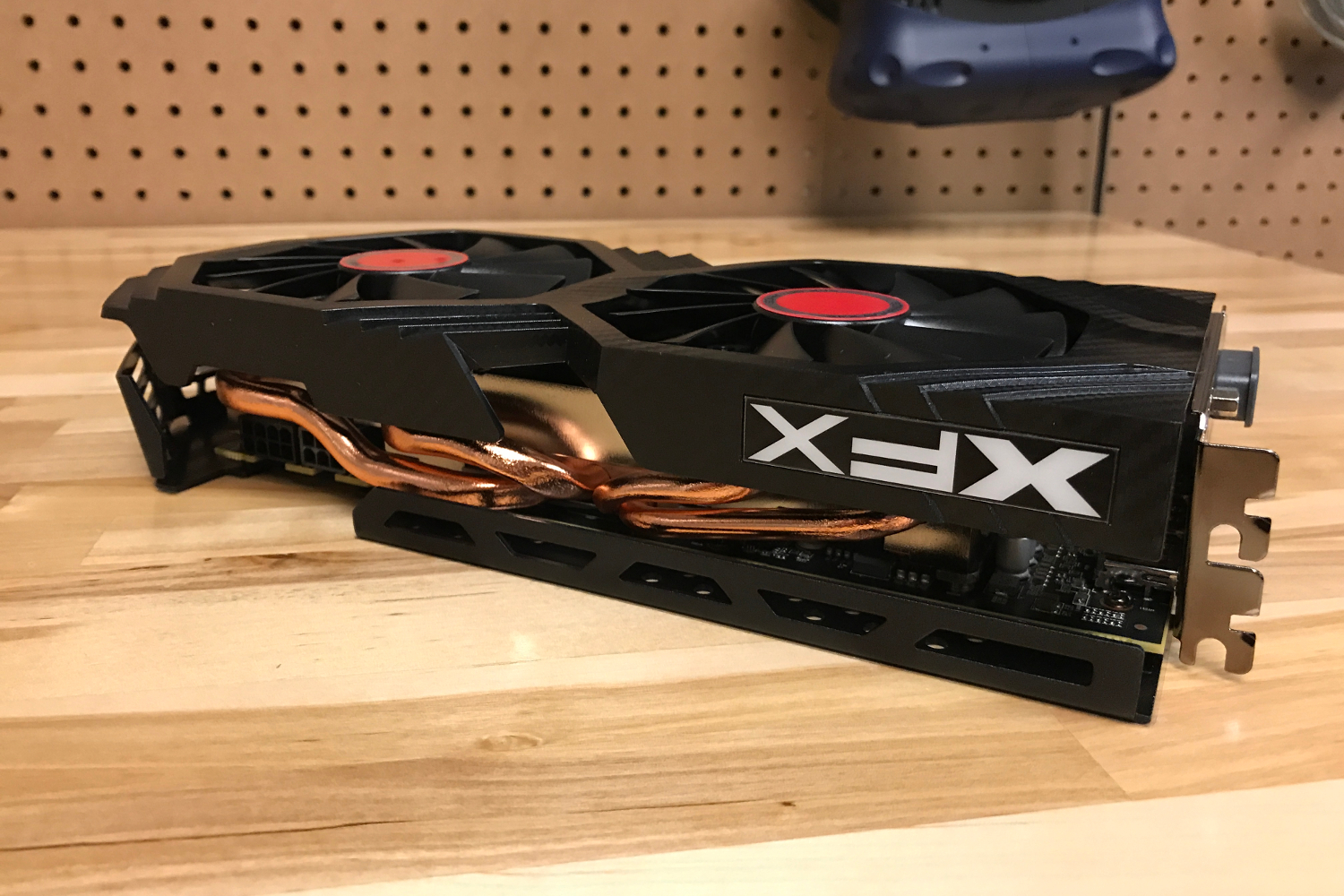AMD’s Polaris graphics architecture was first introduced two years ago and it still powers mainstream Radeon graphics cards. Now, AMD has announced yet another card based on it. The AMD Radeon RX 590 is a mid-range card looking to compete with top-tier versions of Nvidia’s GTX 1060. You can buy the Radeon RX 590 today starting at $279 and you will even qualify for three free games.
This fills a gap in AMD’s Radeon lineup. The company offers several mid-range cards, like the RX 570 and 580, which span from entry-level cards to about $230. It also has the high-end Radeon RX Vega line, which starts around $400 and tops out around $600. That left AMD fans seeking a competitor to Nvidia’s best GTX 1060 cards without an option. Even AMD admits that one in three gamers pick a card between $200 and $400 — preciously where Radeon offerings were few.
The Radeon RX 590 fills that gap with a 12-nanometer Polaris design that’s similar to the RX 580, with the same number of Compute Units and same 8GB of GDDR5 memory. However, the RX 590 ups the base clock from 1,257MHz to 1,469MHz. It also improves the Boost clock from 1,340MHz to 1,545MHz.
Despite the boost in performance, AMD says the Radeon RX 590 targets 1080p gaming, just like earlier Radeon cards. Why? Because games have become more demanding over time. On a press call, AMD called out Shadow of the Tomb Raider and Monster Hunter World by name. Both proved more demanding than gamers had expected.
AMD says that makes the RX 580 fast enough to handily beat the Nvidia GTX 1060 in Shadow of the Tomb Raider, F1 2018, and Monster Hunter World. In a slide, the company stated the Nvidia GTX 1060 6GB hits an average of 59 FPS in Shadow of the Tomb Raider with all settings to maximum. The Radeon RX 590 is shown to be quicker, hitting 69 FPS. AMD also claims a 13 FPS advantage in Monster Hunter World.
In addition to sheer performance, AMD continues to flaunt its FreeSync technology, which synchronizes monitor refresh rate and video card output for an extremely fluid experience. AMD says there are now over 500 FreeSync capable monitors available, a major edge over Nvidia’s G-Sync, which sees less support and higher pricing.
But maybe you’re not yet convinced. Maybe you still need a little something extra to make you take the plunge. Well, how about a bribe?
AMD’s offering exactly that, in the form of three free games. These include Devil May Cry 5, The Division 2, and Resident Evil 2. As you may have noticed, none of these games are released yet, so you’ll have to wait to play them. Still, that’s an excellent value and easily among the best gaming bundles to ship with a new video card.
Editors' Recommendations
- You shouldn’t buy these Nvidia GPUs right now
- Nvidia is the ‘GPU cartel,’ says former AMD Radeon manager
- The RTX 4080 Super doesn’t move the needle — and it doesn’t need to
- Samsung has a 3D gaming monitor that doesn’t need glasses — and it actually works
- Please, don’t buy an AMD GPU right now
